
Gas vs Ceramic vs Solid‑Plate vs Induction Hobs: Pros and Cons Compared
Choosing the right hob for your kitchen can be overwhelming with so many options available. In this guide, we compare gas, ceramic, solid-plate and induction hobs to help you understand the key differences in performance, safety, energy use, and cost.
What Are the Main Hob Types?
- Gas Hobs: Cook with an open flame, offering instant heat and full control.
- Ceramic Hobs: Feature a glass surface with radiant heating elements underneath.
- Solid-Plate Hobs: Basic electric hobs with visible metal plates that heat up slowly.
- Induction Hobs: Use electromagnetic technology to heat pans directly, not the hob surface.
Side-by-Side Comparison Table
| Feature | Gas | Ceramic | Solid-Plate | Induction |
|---|---|---|---|---|
| Heat Response | Instant | Fast-ish | Slow | Instant |
| Control | Excellent | Good | Basic | Precise |
| Safety | Open flame | Residual heat | Hot surface | Cool touch, pan detection |
| Cleaning | Fiddly | Easy | Moderate | Very easy |
| Energy Efficiency | Low | Medium | Low | High |
| Cookware Needed | Any | Any | Any | Induction-compatible |
| Hob Cost | ££ | £££ | £ | ££££ |
| Running Cost | £ | ££ | £££ | £ |
| Look & Style | Traditional | Sleek | Basic | Ultra-modern |
Pros and Cons of Each Hob Type
Gas Hobs
- Pros: Instant heat, full control, works with any pan type.
- Cons: Harder to clean, open flame risk, less efficient.
Ceramic Hobs
- Pros: Sleek design, easy to clean, reasonably quick.
- Cons: Surface stays hot, higher energy use, can scratch or crack.
Solid-Plate Hobs
- Pros: Low cost, durable, simple to use.
- Cons: Very slow, least efficient, basic style.
Induction Hobs
- Pros: Fastest heat-up, safe to touch, very efficient.
- Cons: Expensive upfront, needs compatible pans, may require new electrics.
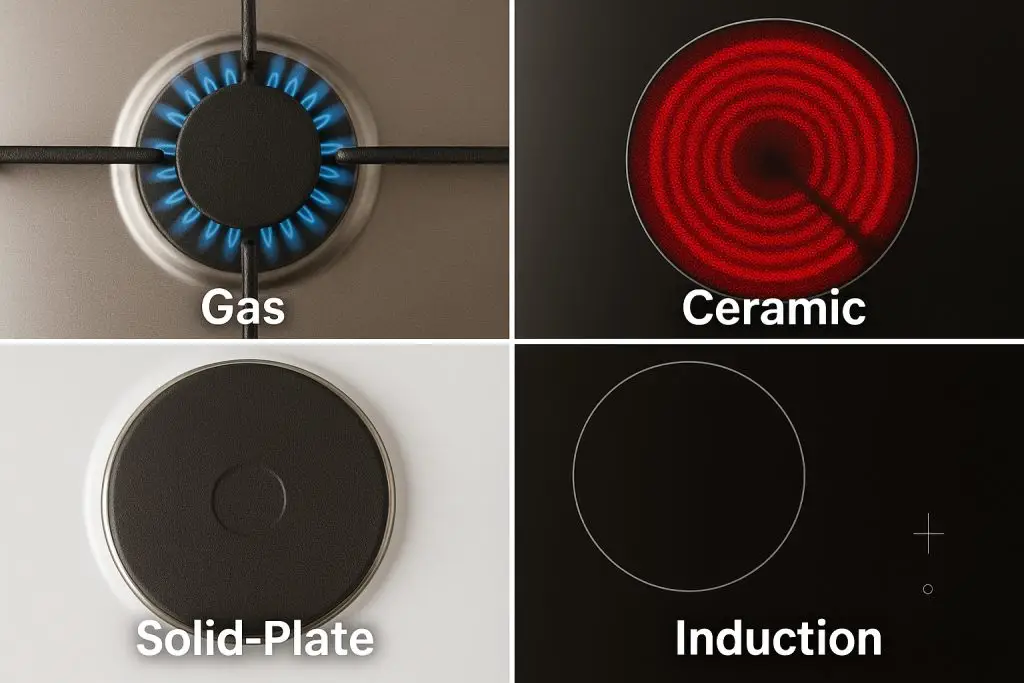
Cleaning and Maintenance
- Gas: Needs regular scrubbing of parts.
- Ceramic: Wipes clean, but prone to smudges.
- Solid-Plate: Can rust; clean and oil regularly.
- Induction: Cool surface makes it very easy to clean.
Summary – Which Is The Best Choice?
Each hob type has its strengths:
- Gas offers great control and affordability.
- Ceramic combines design and simplicity.
- Solid-Plate is cost-effective and basic.
- Induction leads in speed, safety and efficiency.
Still unsure? Explore our full hob range to find the perfect match for your kitchen and lifestyle.
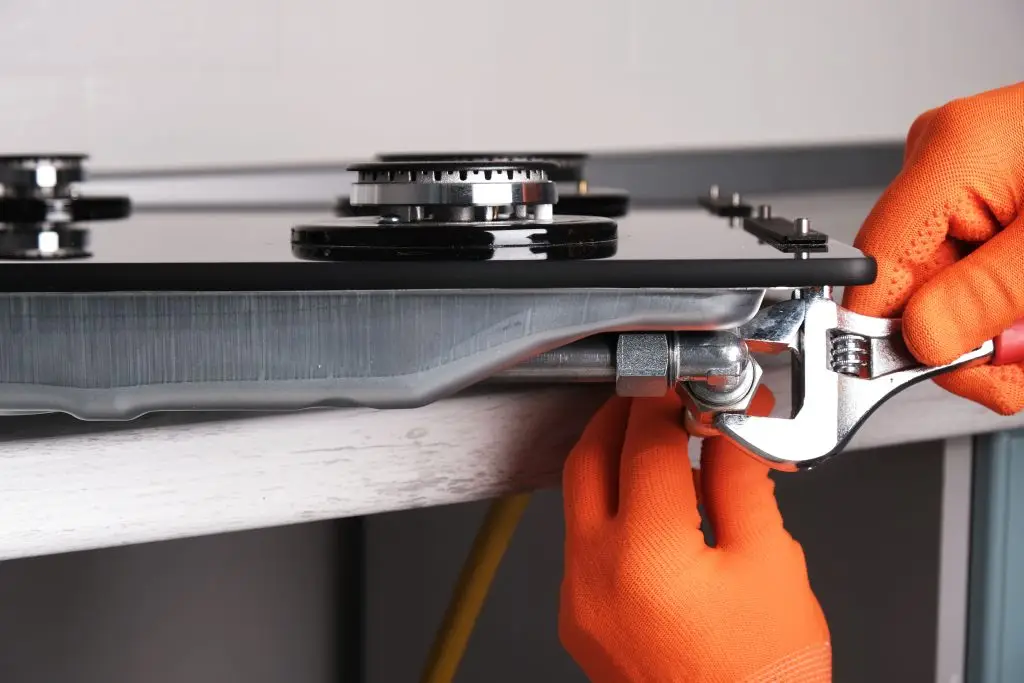
Frequently Asked Questions
- All Posts
- Cooker Hood Guides & Advice
- Dishwasher Guides & Advice
- General Appliance Guides & Advice
- Hob Guides & Advice
- Laundry Guides & Advice
- Microwave Guides & Advice
- Oven Guides & Advice
- Wine Cooler Guides & Advice
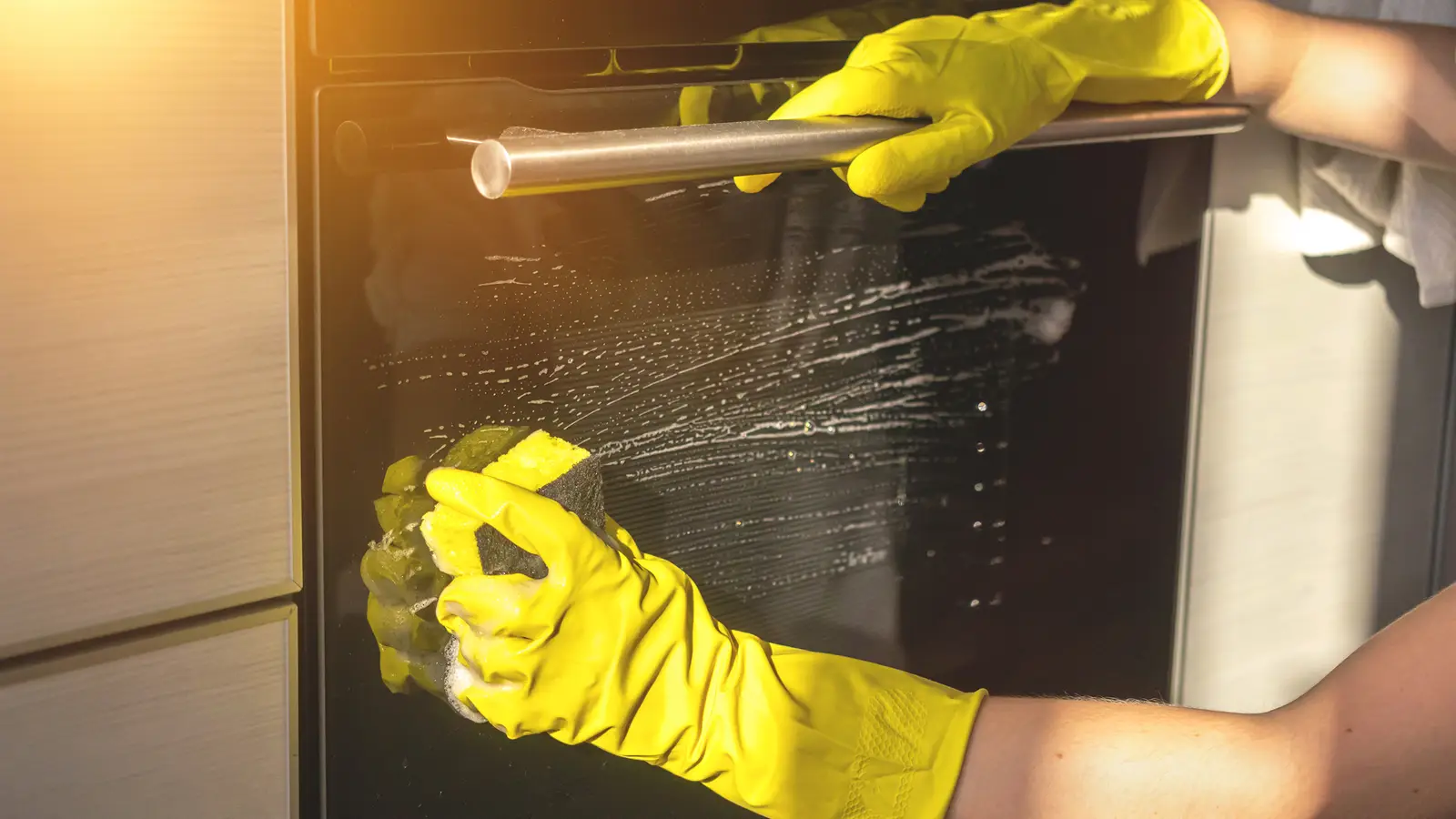
Learn how to clean glass oven door windows safely and effectively, inside and out. Follow our simple steps for clear,...
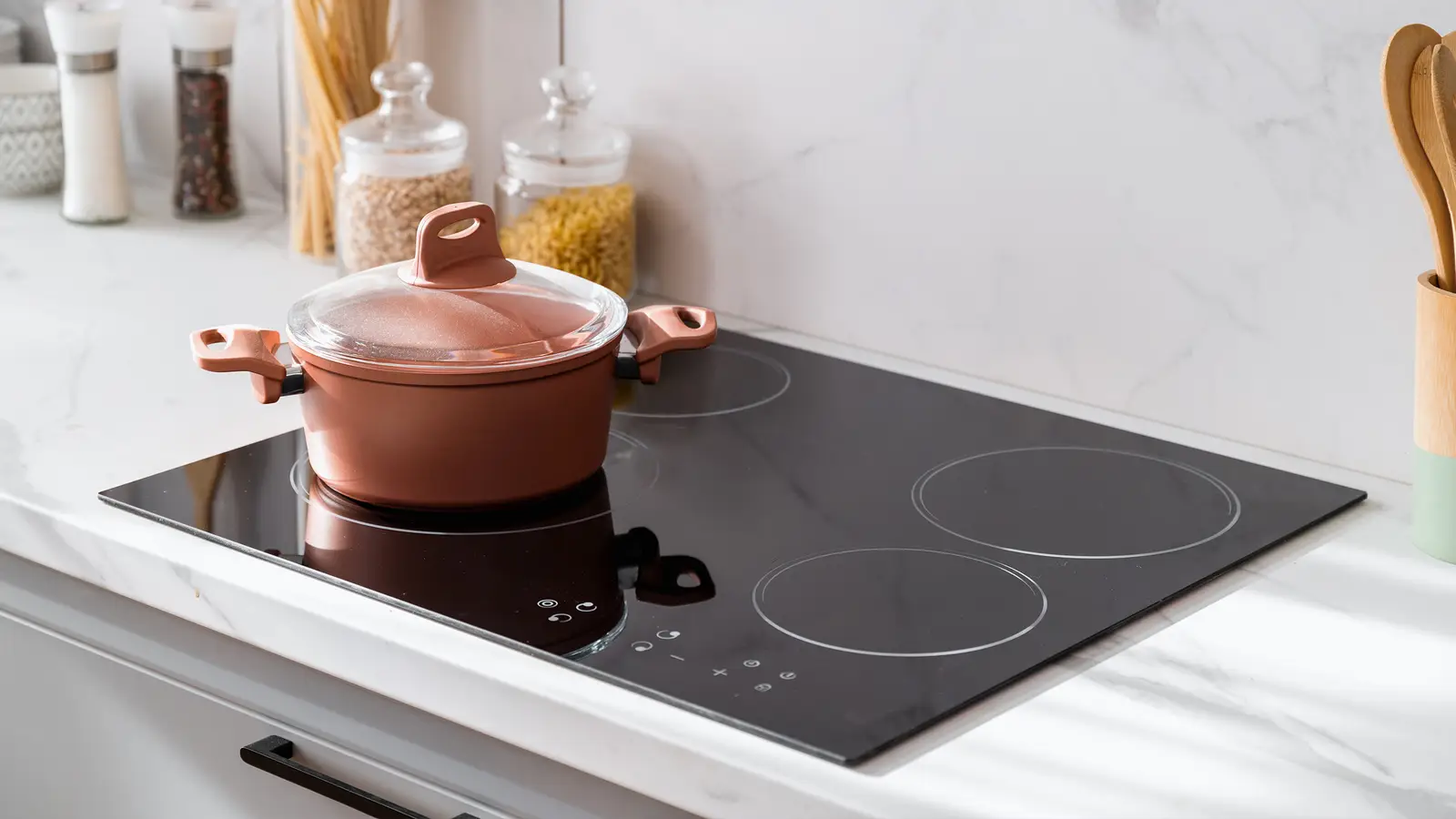
Can a ceramic hob be plugged into a normal socket? Learn the safety rules, power limits and installation advice before...
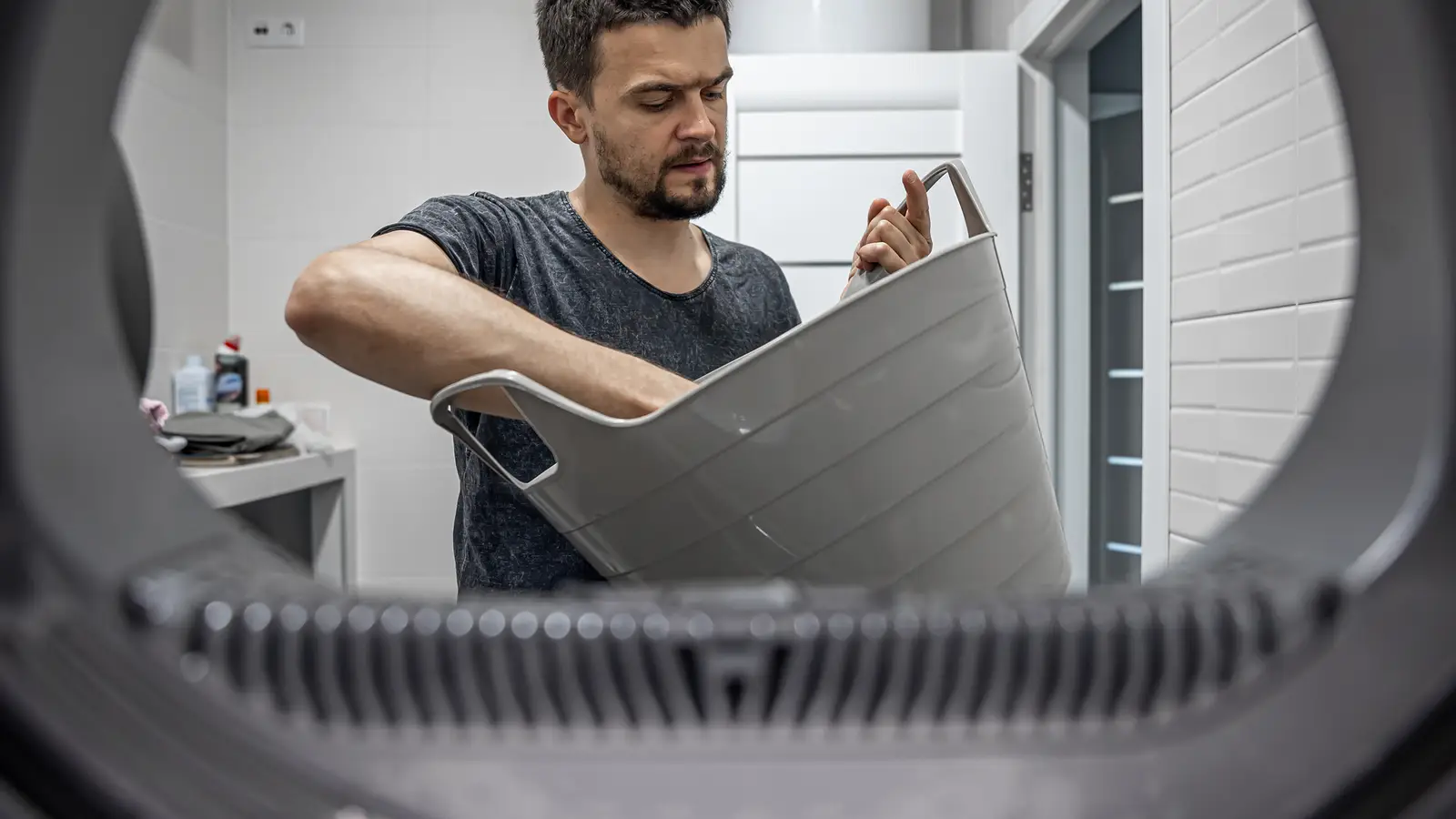
Discover how integrated washer-dryers really perform, including space, venting and drying realities. Learn what to expect before buying. Read now.

Learn what freezer burn is, how to prevent it, and keep your food fresher for longer. Follow these simple tips...
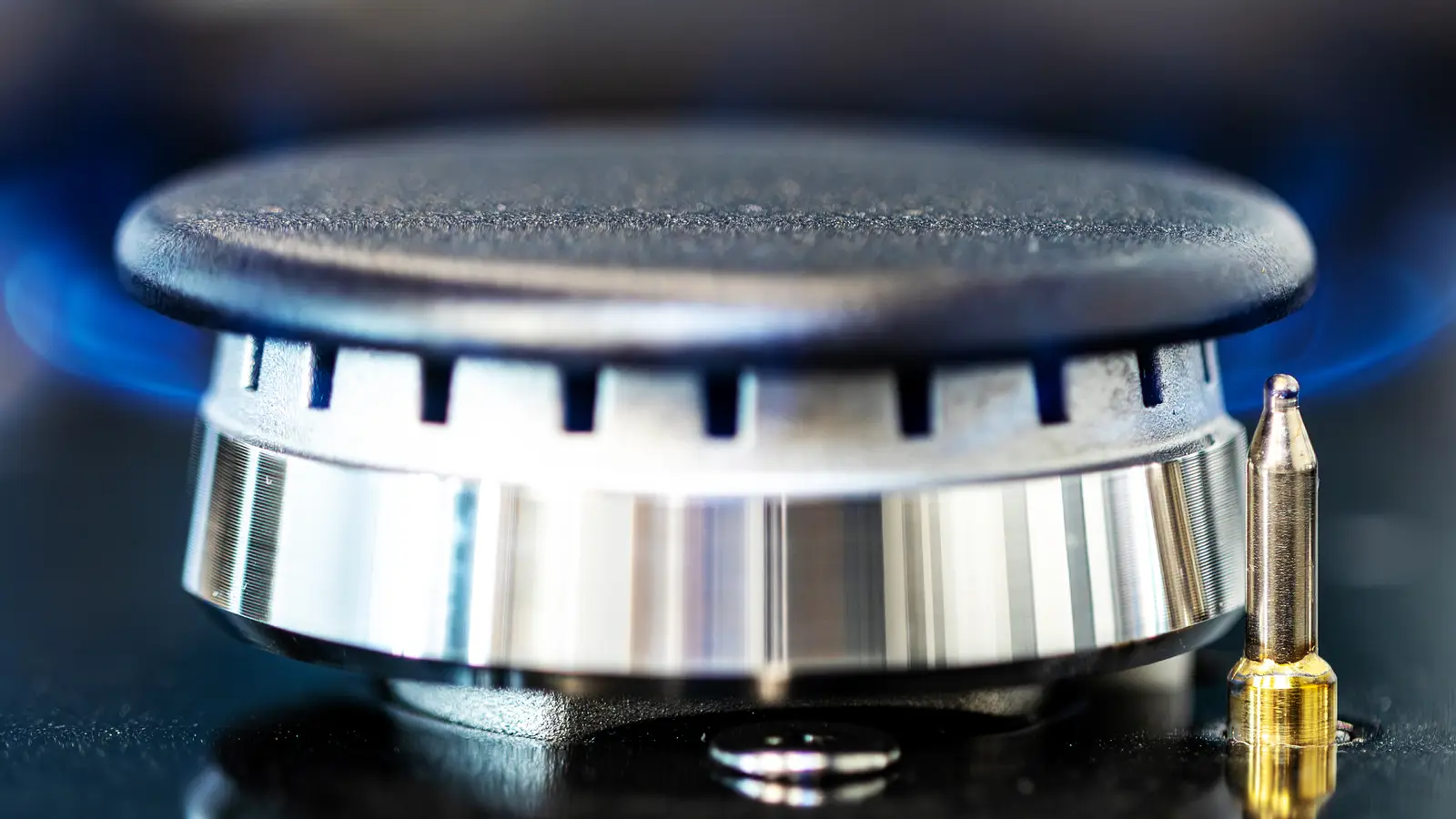
Find out if you can plug a gas hob ignition into a normal socket, plus safety rules and installer guidance....
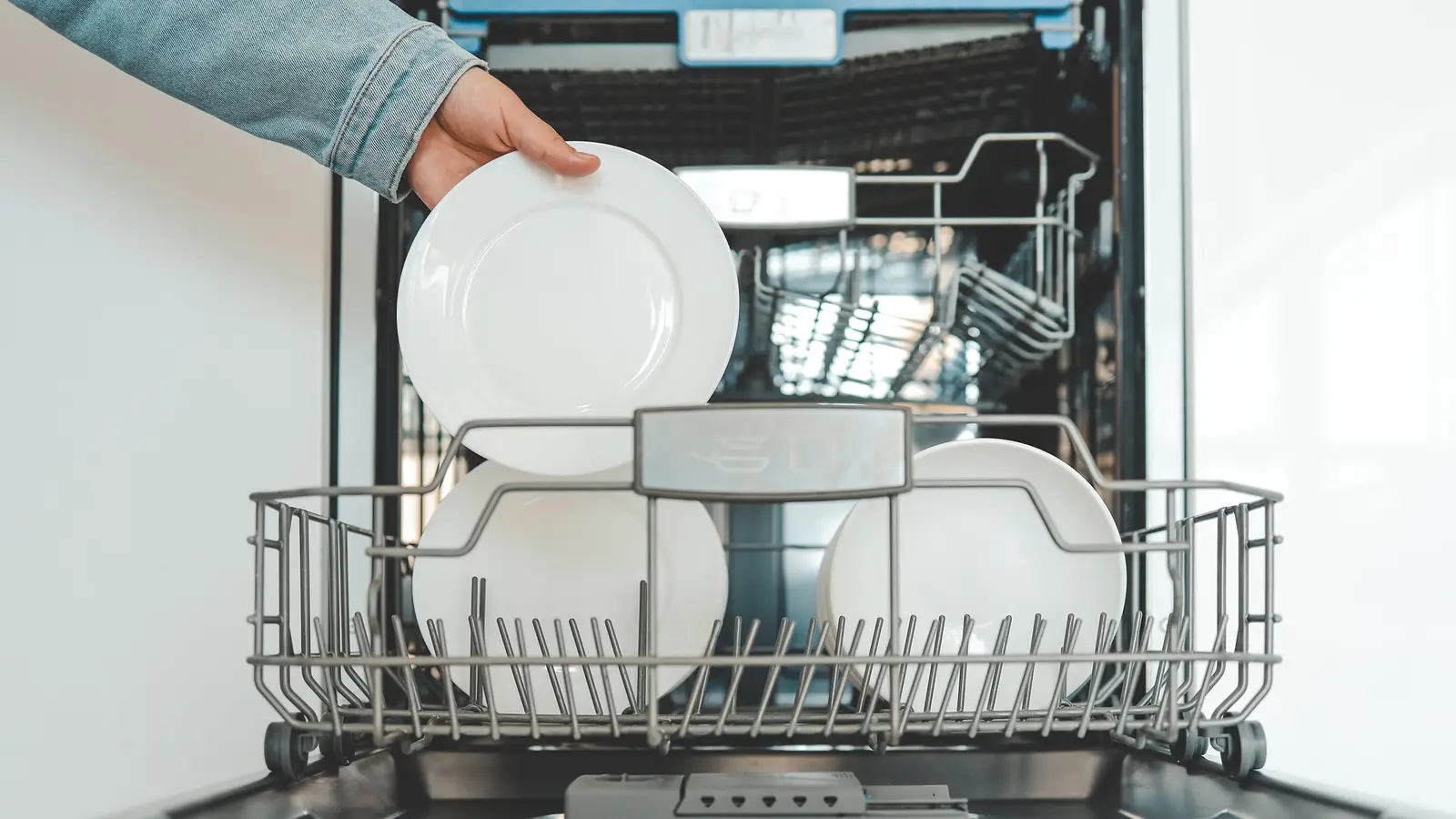
Learn what dishwasher salt and rinse aid do, why they matter, and when to refill them for the best cleaning...
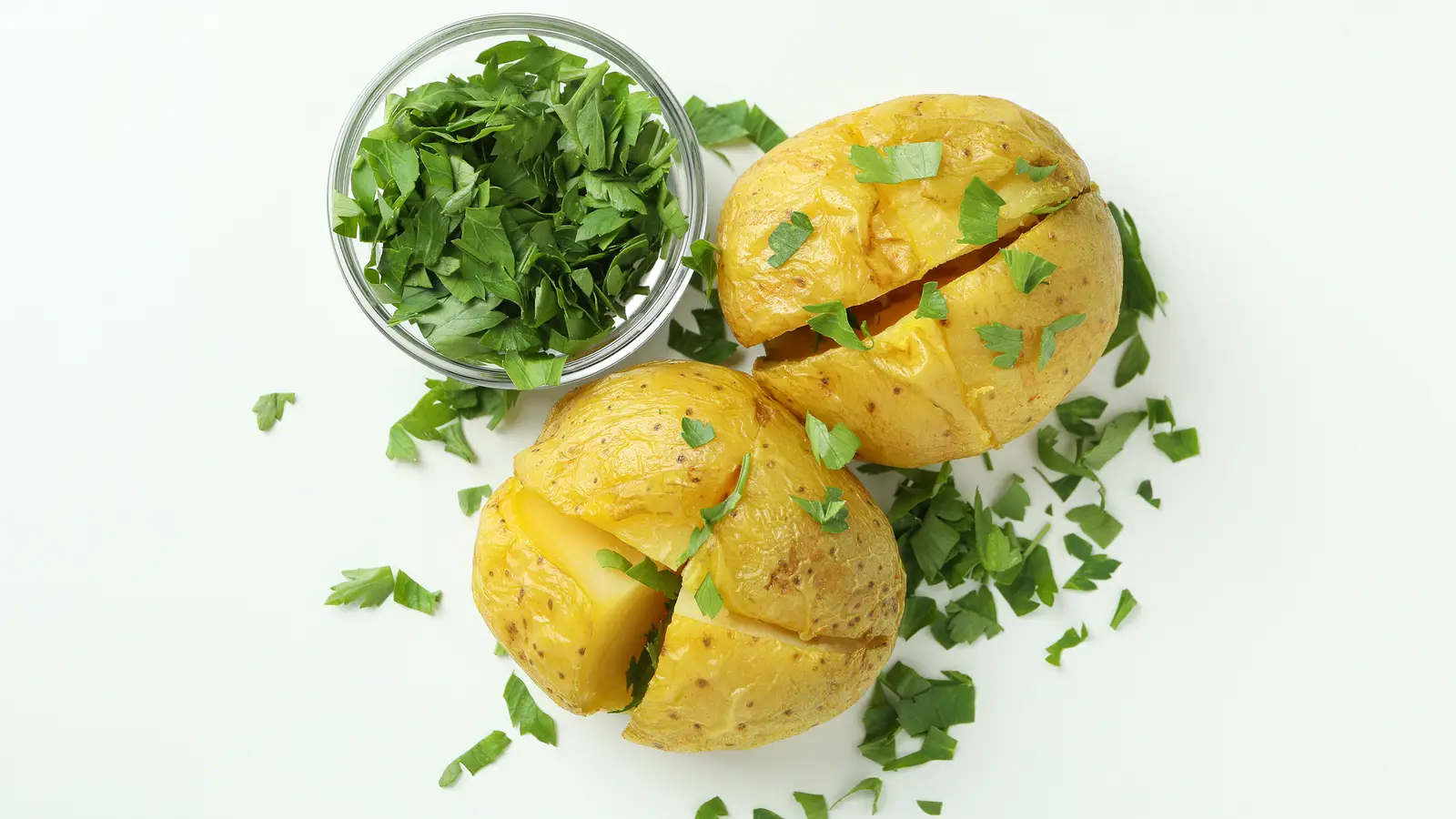
Learn how to cook the perfect jacket potato with crispy skin and a fluffy centre. Quick, simple steps for oven...
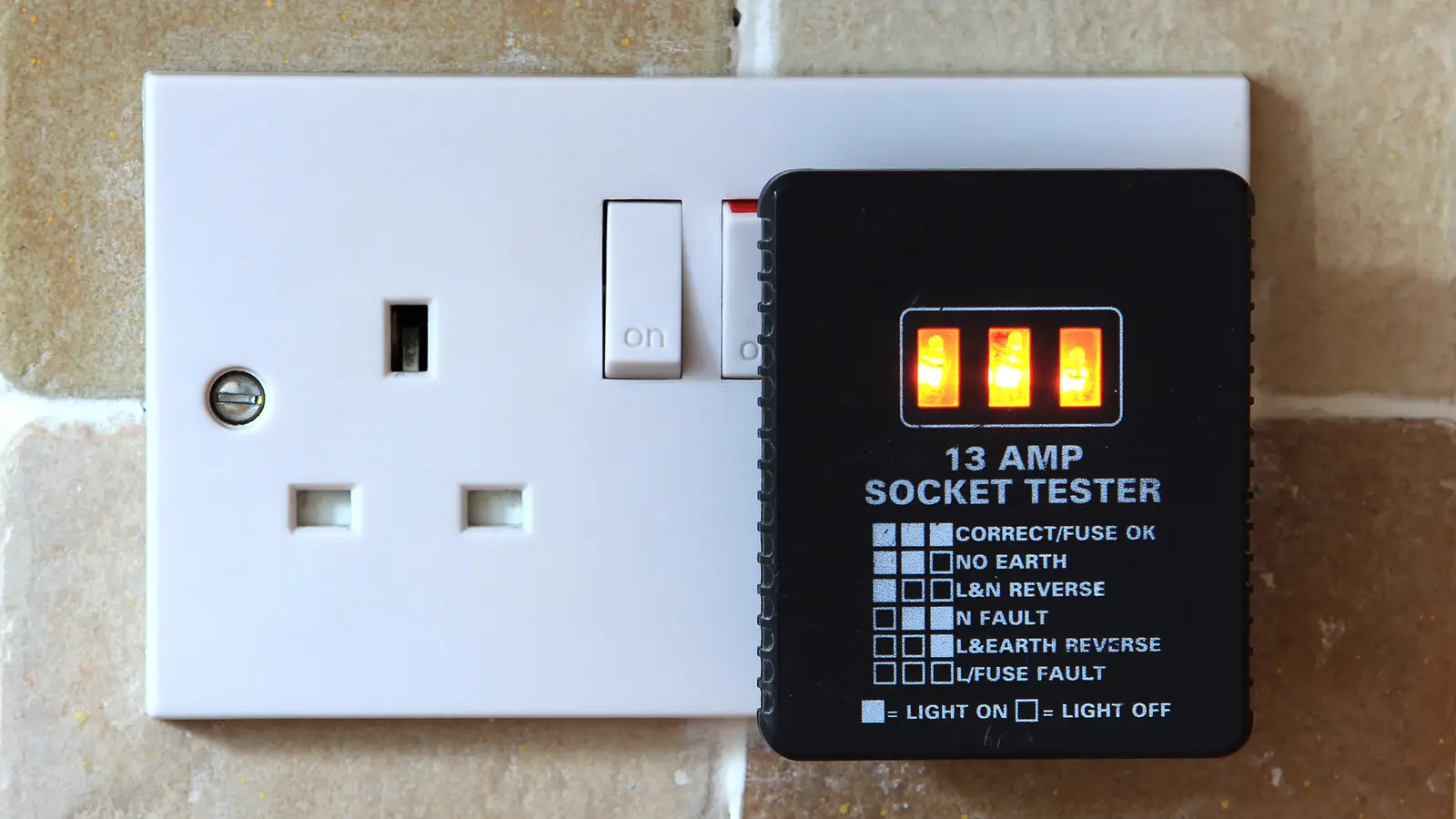
Find out if you can plug a dishwasher into a normal UK socket and what safety rules apply. Quick, clear...

Unsure if a microwave & grill combo can use a normal UK socket? Learn the rules, wattage limits and safety...